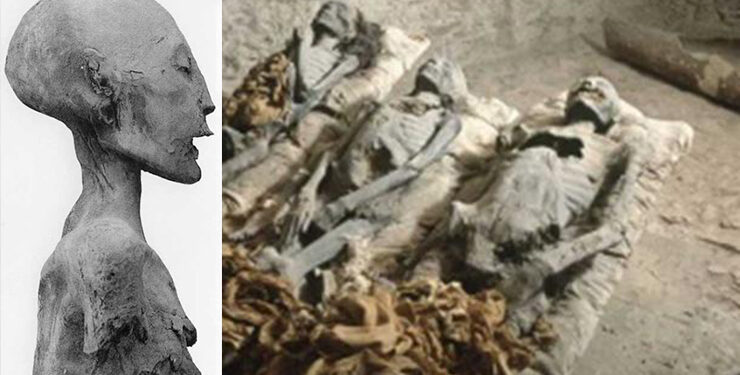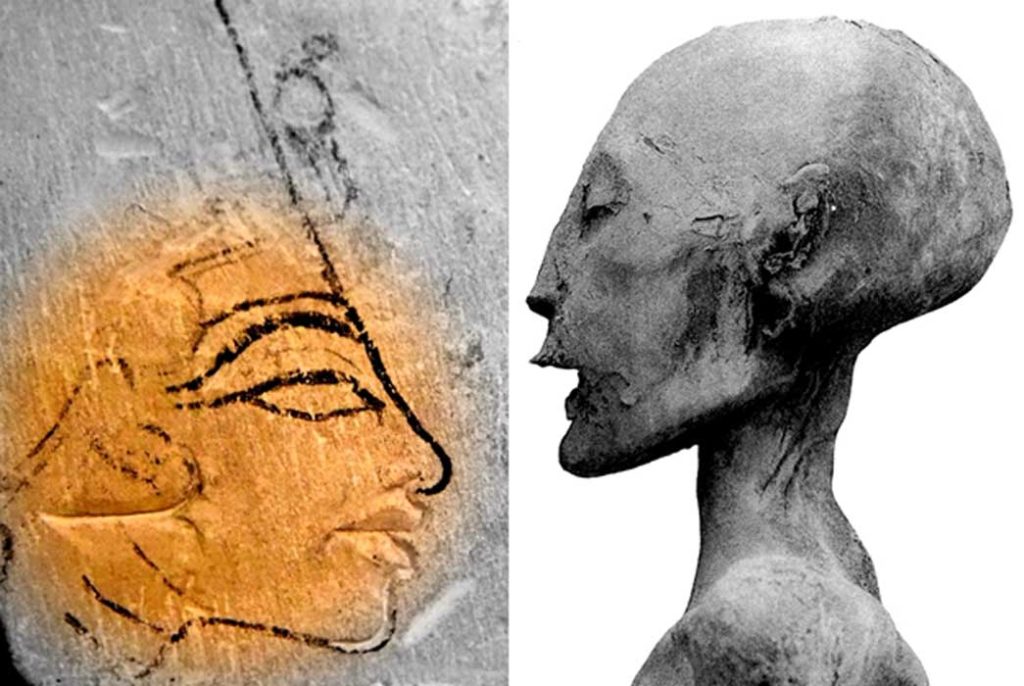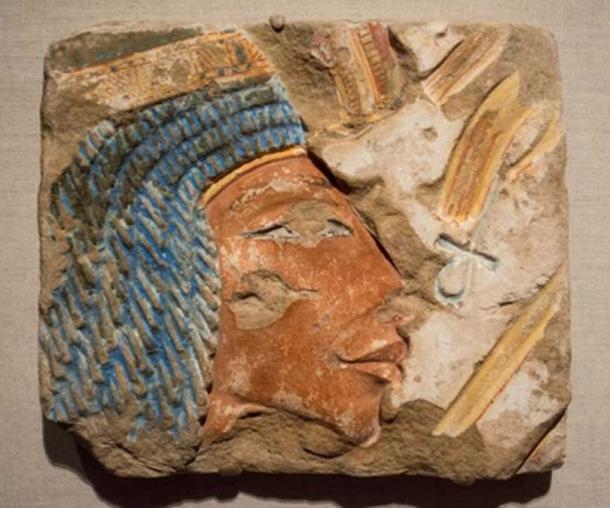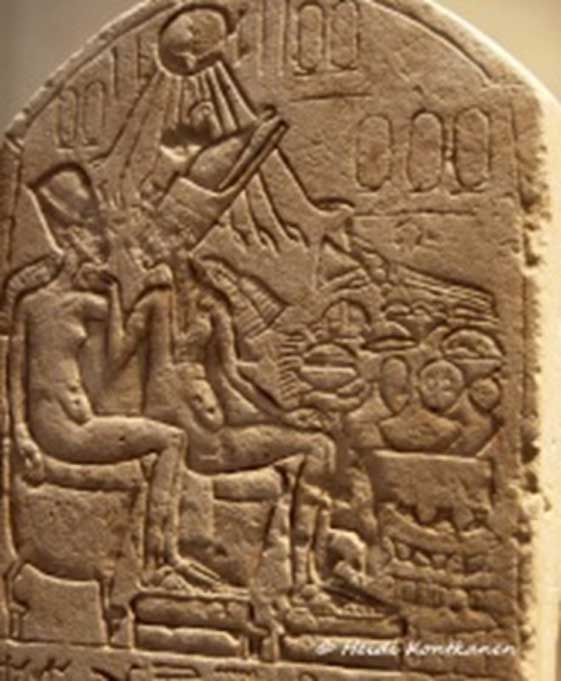Few ancient Egyptian royals are capable of garnering as much attention, generating frenzy, and stoking controversy globally as the legendary beauty Queen Nefertiti can. Despite having been a powerful woman who is believed to have co-ruled with her husband, Akhenaten, before donning the role of Pharaoh after his death, she remains enigmatic. This iconic Amarna personage is instantly recognizable thanks to a magnificent bust of her that survived the ravages of time. The recent reconstruction of Nefertiti’s face, based on the theory that the mysterious female mummy, called the Younger Lady, discovered in the tomb of King Amenhotep II is none other than the queen herself, has the world divided over the manner, form and color in which she is depicted. Using state-of-the-art technology, a team of scientists at the University of Bristol in England partnered with well-known French sculptress, Élisabeth Daynès to produce a bust that has created quite a stir.

Thutmose, ‘The King’s Favorite and Master of Works’, was the official court sculptor during the latter part of King Akhenaten’s reign in the ancient capital, Akhetaten, that the monarch had established to glorify the sun god, the Aten. The artist’s incredible body of work that surfaced during excavations at the site in modern-day Tell el-Amarna is one of our finest insights into that obscure period. French Egyptologist, Alain Zivie, rightly honors Thutmose as “the Michelangelo of ancient Egypt.” The royal sculptor’s atelier, which was abandoned when the court relocated to Thebes, yielded a wealth of statuary in various stages of completion. Many official portraits and 22 plaster casts were unearthed at this spot; these have been identified as various members of the royal family and unknown individuals, presumably contemporary residents of Amarna. But among all this art, one in particular stands out for its superlative execution – Thutmose’s pièce de résistance – the alluring bust of the Great Royal Wife, Nefertiti.

Discovered on December 6, 1912 by the Deutsche Orient-Gesellschaft (German Oriental Society) roughly 3,300 years after it was created, this life-size polychrome masterpiece measuring 48 centimeters and weighing 44 pounds (20kg) fascinated Ludwig Borchardt, the leader of the mission, who found the glorious object tremendously fascinating. “Suddenly we had the most alive Egyptian artwork in our hands,” he wrote in his diary, “Description is useless, see for yourself.” The German archeologist added that the sculpture was, “The epitome of tranquility and harmony.” There was never a truer word said, for, the face of Nefertiti has in time become a symbol of eternal beauty, power, dignity, and grace. The precise function of the one-eyed bust remains unknown, though it is theorized that it could have been a sculptor’s model.

Only a few details about the Amarna interlude, when Akhenaten declared the Aten as the supreme deity, can be positively ascertained. Lacking definitive proof, Egyptologists have thus far been unable to arrive at a consensus on many aspects of life in Akhetaten. Even the identities of some royals and their relationship to family members poses many a conundrum. Tossed into this baffling milieu is Nefertiti — a woman of uncertain origin whose name means “the beautiful one has come.” She bore Akhenaten six daughters and essayed a powerful role on the politico-religious stage.

The fact that extant evidence suggests she wielded unprecedented influence in court has perplexed scholars for long; because even her illustrious mother-in-law Queen Tiye, the Great Royal Wife of the “Magnificent” Amenhotep III, did not exercise such an enormous degree of power. But Nefertiti disappeared from the scene almost as soon as Akhenaten died in Regnal Year 17 and shortly before the 𝘤𝘩𝘪𝘭𝘥-ruler, Tutankhaten (later Tutankhamun), became king. What happened to her and how did she meet her end? Did she die as Pharaoh or a mere queen? These are but some of the questions about Nefertiti that have dogged Egyptologists’ for over a century.





